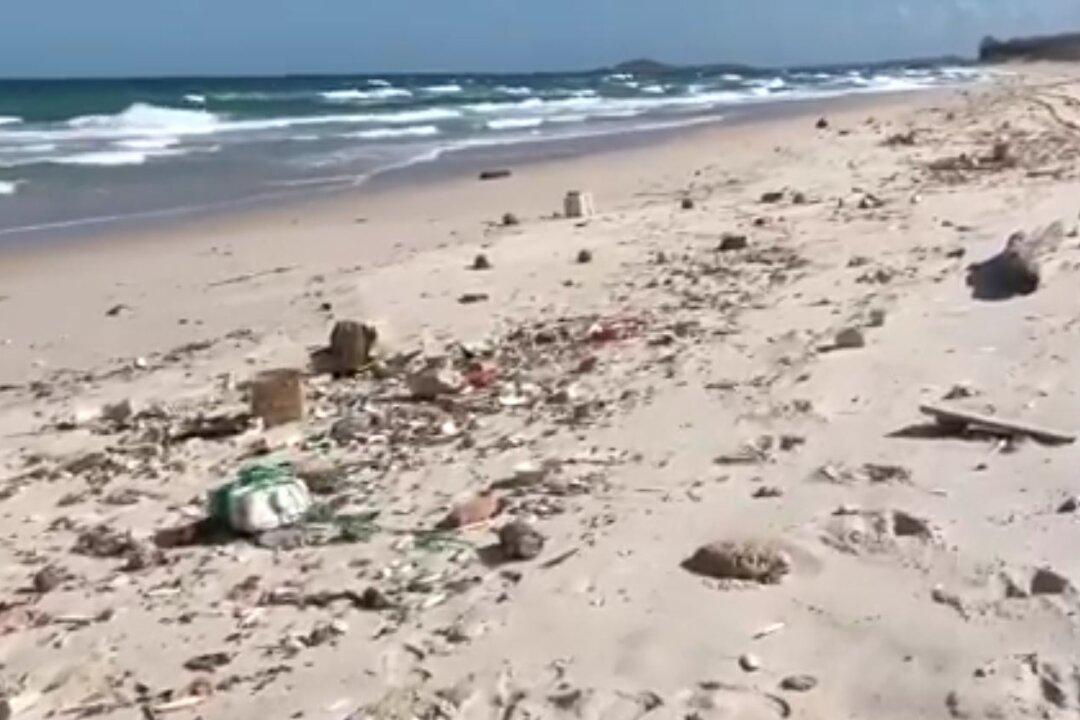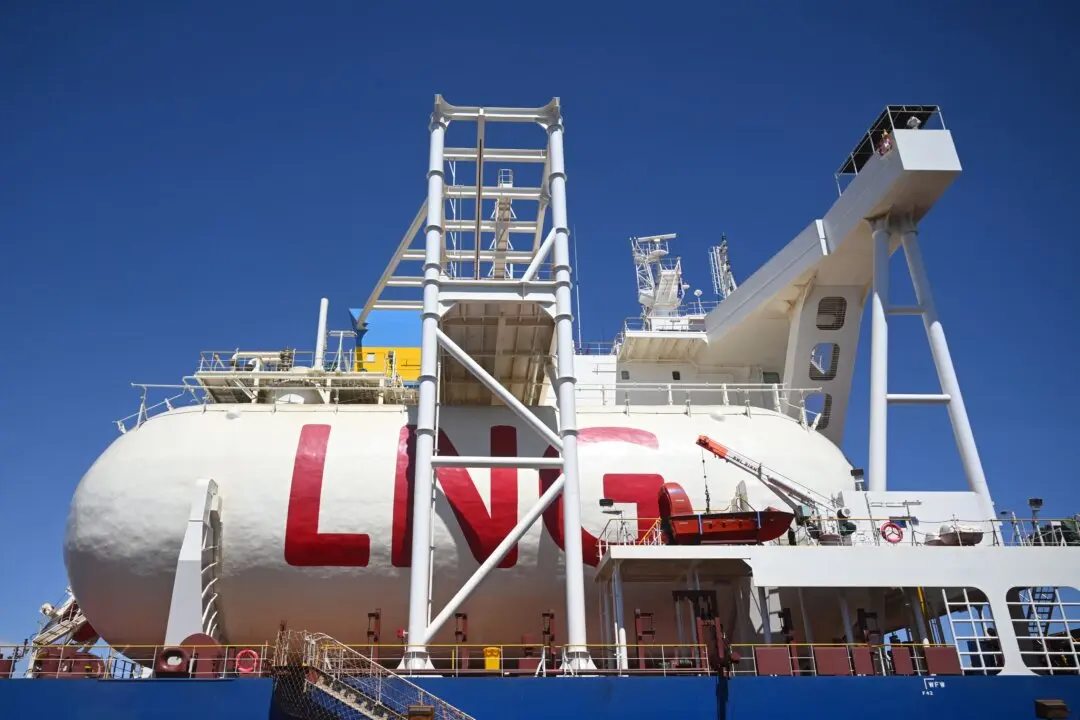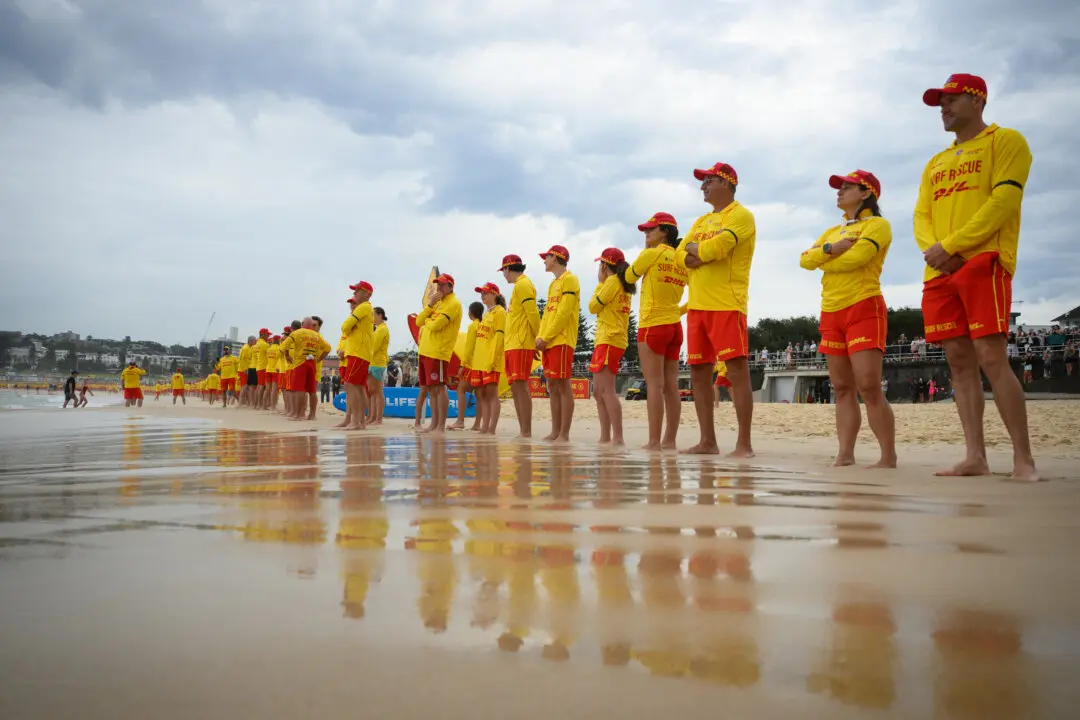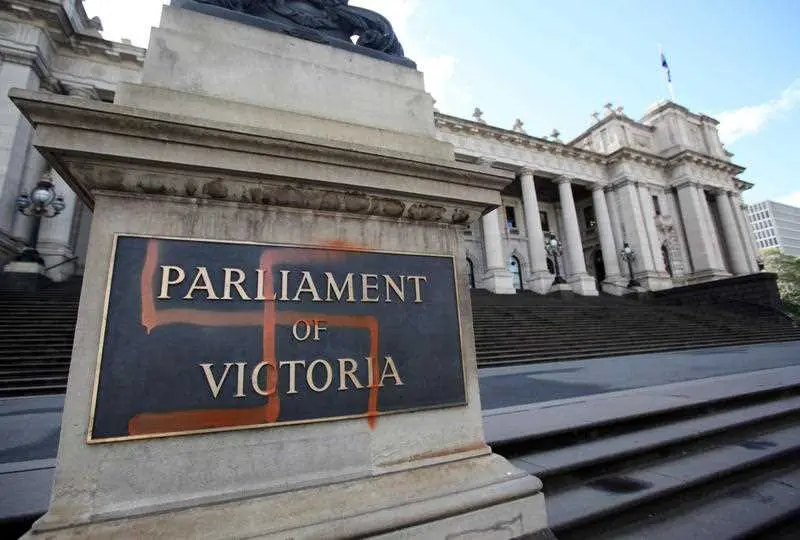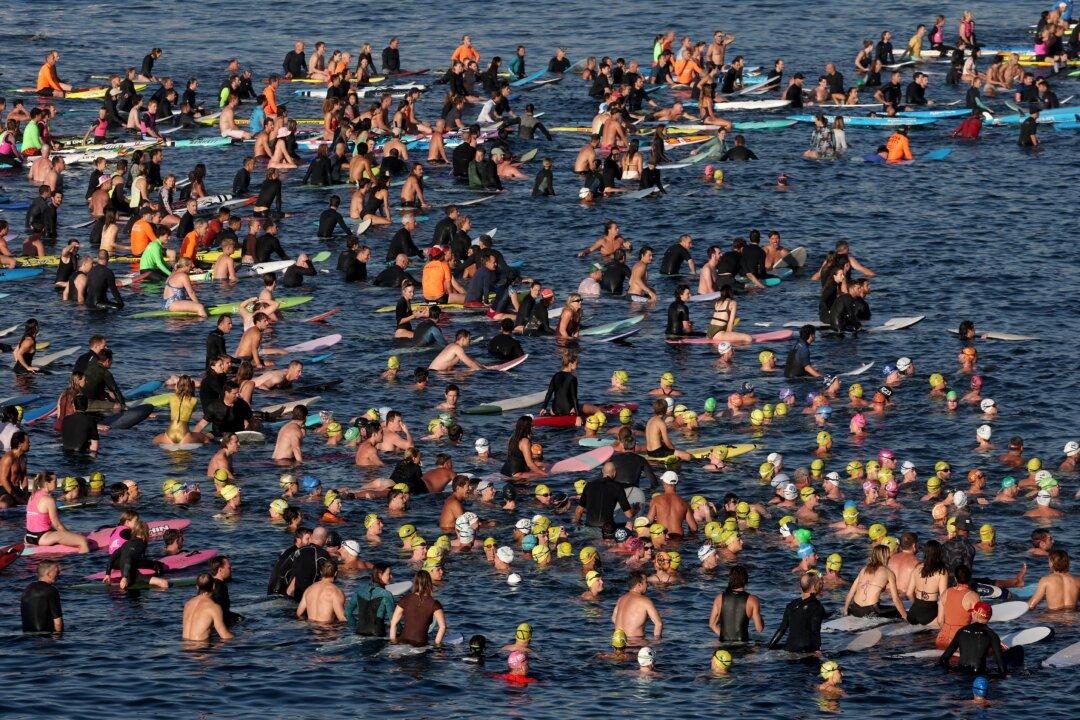Plastic now dwarfs every other kind of litter found on Australian shores and 80 percent of what the nation uses still ends up in landfill.
A federal parliamentary inquiry has heard confronting evidence about how the pollution crisis is affecting Australia’s oceans and waterways, and how efforts to understand and tackle the problem are failing.
